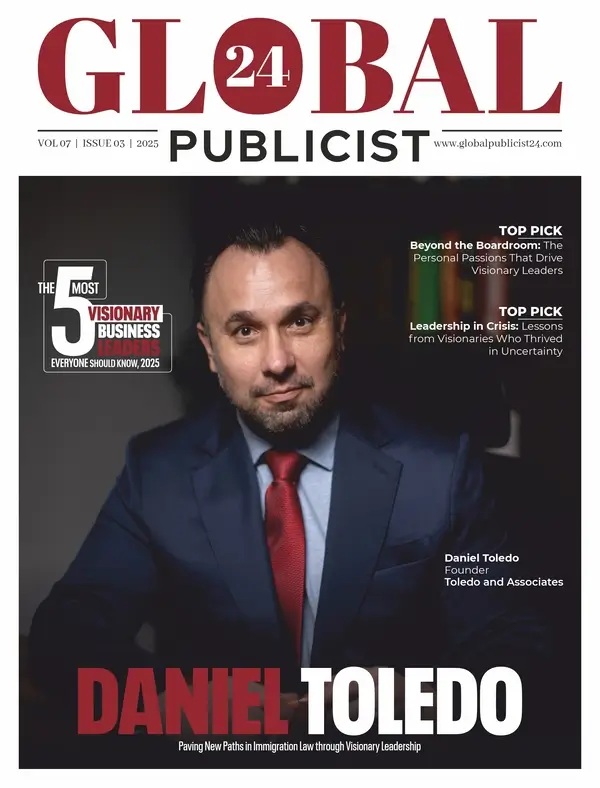Sexual exploitation remains one of the most devastating forms of abuse across all industries and demographics. In 2025, as our digital, medical, and professional systems become increasingly interconnected, the methods used by abusers continue to evolve. However, the trauma and long-term consequences for victims remain constant.
Sexual exploitation, whether in the boardroom, locker room, medical office, or through a smartphone, diminishes an individual’s dignity, trust, and autonomy. Frequently, it culminates in muted voices, shattered lives, and protracted justice.
Legal action is one of the most effective means to hold predators and irresponsible institutions accountable. Civil actions illuminate injustices that may otherwise remain concealed and provide systemic pressure for reform.
This article examines sexual exploitation, delineates its primary categories, discusses relevant legislation, gives significant statistics, and elucidates how survivors might pursue justice in 2025.
What is Sexual Exploitation?
If you wish to comprehend the theoretical sexual exploitation definition, it’s prudent to understand that numerous forms of exploitation exist, with sexual harassment being the most egregious.
The World Health Organization (WHO) defines sexual exploitation as the actual or attempted misuse of a position of vulnerability, authority, or trust for sexual objectives, which may include benefitting financially, socially, or politically from the sexual exploitation of another individual.
Sexual exploitation and abuse (SEA) also encompasses sexual encounters with minors. Sexually exploitative conduct involving a juvenile deprives victims of their youth, obstructing their emotional and psychological growth.
Types of Sexual Exploitation
- Sexual Harassment: You ought to feel at ease at your workplace or educational institution. You can notify the authorities at your place of employment, school, or local police enforcement if you are experiencing sexual harassment.
- Stalking: Understanding stalker habits will help you identify them before they get more serious and take preventative action.
- Adult Victims of Child Sexual Abuse: Many sexual abusers are in a position of trust or are in charge of the child’s upbringing, such as a coach, teacher, church member, family member, or other kids, like older siblings.
- Technology: Some people engage in harassing, unwanted, or non-consensual sexual relations via digital images, videos, applications, and social media.
- Sexual Abuse by Medical Professionals: You trust that the doctor, dentist, hospital, physical therapist, and other medical professionals will treat you with dignity while they look after your health.
- Helping professionals: People who engage in sexual exploitation are seriously betraying your trust and, in many situations, breaking the law.
- Multiple-Perpetrator Sexual Assault: Also known as sexual assault by numerous assailants, this occurs when two or more individuals work together to sexually abuse the same victim.
- Elder Abuse: It will be more crucial than ever to recognize the warning signs of elder abuse as the population of older individuals in America rises.
- Prisoner Rape: There are options accessible to you if you are an inmate, a former inmate, or you know an inmate who endured sexual assault while incarcerated.
- Military Sexual Trauma: The Department of Veterans Affairs refers to the impact of sexual violence on a military service member as military sexual trauma, or MST.
- Legal Role of Consent: State-by-state variations exist in the legal meanings of terminology such as sexual assault, sexual abuse, and rape. When deciding whether an action is legally regarded as a crime, consent frequently plays a significant role.
Ways To Address Sexual Exploitation
1. Take Part in Bystander Activities

Being an active bystander entails taking action when you witness or hear remarks that encourage sexual assault or exploitation. If you hear a joke or something sexist, speak up. Offer assistance or step in when violence is imminent or has already occurred. We let people know that actions and remarks that encourage or provoke violence are unacceptable by speaking up and providing assistance. Challenging and altering the beliefs and customs that encourage violence is a crucial step in its prevention.
2. Encourage Initiatives to Stop Sexual Exploitation
Encourage neighborhood initiatives to stop sexual exploitation. Encourage the teaching of boundaries and consent in schools and corporate setups. Tell your representatives that you support legislation that keeps offenders accountable and supports survivors. Support survivors and community education by making a donation to your neighborhood advocacy center. Share content on social media or organize a neighborhood gathering. Every action performed to stop sexual exploitation or any form of sexual violence has an impact.
3. Discuss The Incident When Comfortable
Unfortunately, statistics show that practically everyone knows someone who has experienced sexual violence. They might know someone who has survived, or they might be survivors themselves. Even while it affects everyone, we aren’t usually comfortable admitting it or talking about it. By having more conversations about violence, we can not only provide tools and assistance to survivors, but also talk about how communities can work together to stop sexual abuse.
4. Instruct and Exercise Consent
As we begin to learn about consent, we realize that it involves more than just saying “yes” or “no.”

An active, freely granted agreement for a particular conduct or activity that is subject to change at any time is called consent. It is a continuous dialogue founded on equality and respect, and it is not limited to sexual encounters. We establish spaces where limits can be expressed and respected by increasing awareness of consent and normalizing requests for it in commonplace contexts, such as before hugging someone or sharing a photo of them online.
5. Learn The Signs of Sexual Abuse
Abuse can take many different forms, and each one can have detrimental physical and psychological ramifications. Examine these indicators and find out how to assist and protect your buddy if you’re worried that they might be suffering violence or feel unsafe around someone.
Help is available if you believe someone is exploiting you. Remember, you’re not by yourself.
6. Teach The Next Generation
The way the younger generation views gender, respect, and human rights is influenced by the examples we set for them. Challenge the conventional traits and attributes associated with men and women, and initiate discussions regarding gender roles from a young age. Let kids know that it’s acceptable to be different by pointing out the stereotypes they see all the time, whether in the media, on the street, or at school. Promote an accepting culture.
Discuss with boys and girls, in an age-appropriate manner, consent, bodily autonomy, and accountability. Discuss, for instance, the significance of a resounding “yes” from both parties, the reality that your body belongs to you and that you have control over what happens to it, and the necessity of always accepting responsibility for your actions.
Final Thoughts
Survivors ought to be heard—and believed—regardless of whether the abuse occurs at a doctor’s office, a school, an online chat room, or at work. In addition to providing restitution and closure, legal action can operate as a deterrence, motivating organizations to change and safeguard future generations.
When human dignity is violated by sexual exploitation, the first step in creating a society that is safer and more equitable is recognizing what it looks like and knowing what to do about it.















